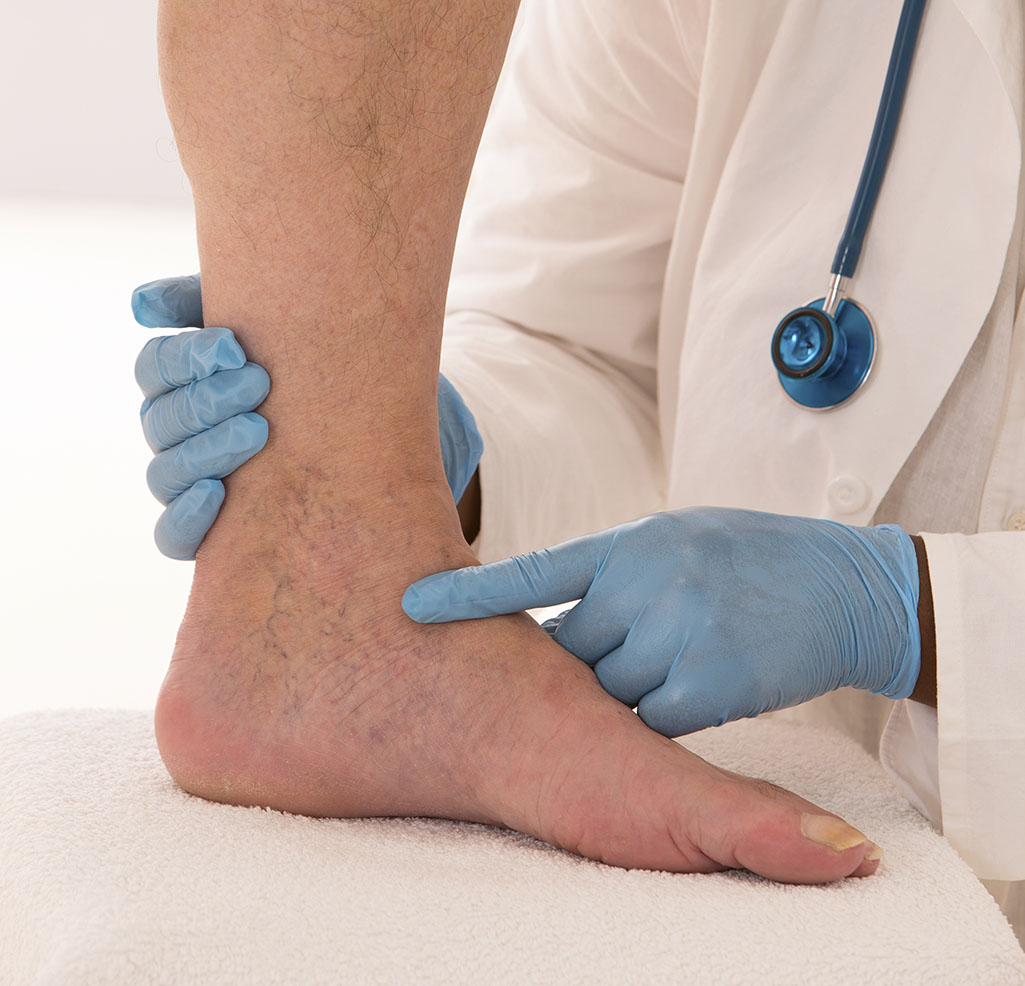We have all heard about the dangers of blood clots, ranging from heart attack and stroke to less critical issues like swelling in the legs and ankles. How do blood clots differ in severity?

Sometimes a clot occurs in the superficial venous system. This is referred to as superficial thrombophlebitis. It is rarely serious and the clot usually dissolves on its own, though it's always a good idea to check with your healthcare provider if you are having any symptoms such as warmth and tenderness – or redness and swelling – of a particular area, generally in your legs and feet.
Superficial thrombophlebitis symptoms tend to be localized. This means that they occur in the direct vicinity of the actual clot. You may even notice a raised, cord-like vein under the skin.
Deep vein thrombosis (DVT) is a condition where a blood clot forms in the deep veins. While there are no known specific causes for DVT, factors that may put you at a greater risk are:
If you have a deep vein thrombus (clot), it's considered a medical emergency and you should head straight to the emergency room. Symptoms of DVT are:
If you experience any of these, get to the emergency room as quickly as possible.